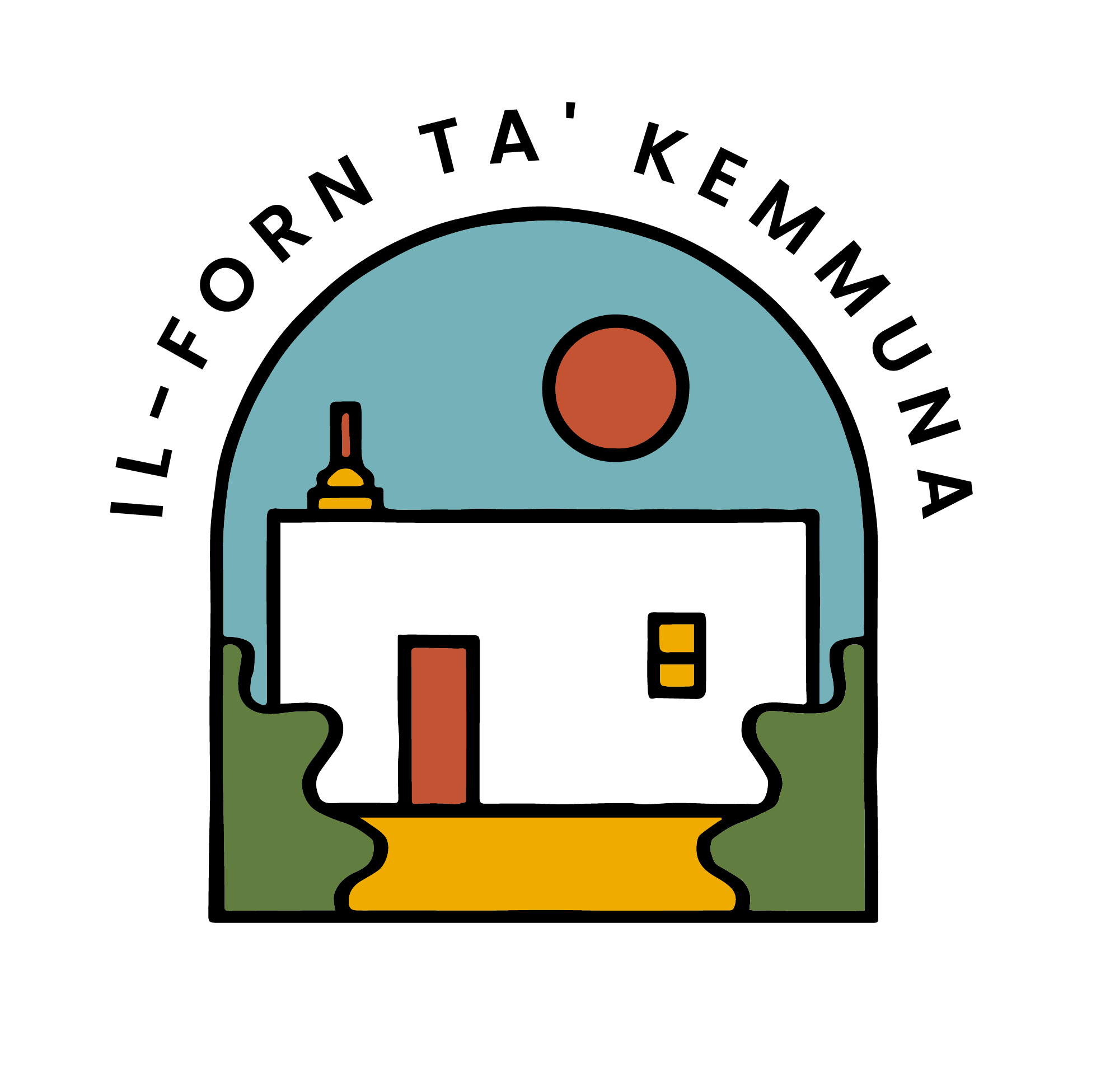Typical Comino in summer is so dried up by the scorching sun that you’d think it impossible for anything to survive. Yet, it undergoes a striking multicolour transformation when vegetation starts coming back to life after the first rains of autumn. The seasonal change is best appreciated in the most widespread of habitats of Comino: the garigue (ix-xagħri).
Natural garigue forms in limestone areas and is characterised by low, often aromatic, hardy shrubs as well as some annual species and geophytes (plants with an underground bulb).
This is a harsh environment where soil, shelter, and water are very scarce and only the best-adapted plants can survive the exposure to the elements and live off the most improbable patch of poor soil where different species often grow huddled together.
The garigue is rich in its variety of plant assemblages as well as endemic species.
The revival of the garigue starts in autumn when the Sea Squill (Basal tal-Għansar) starts sprouting large leaves from its bulb. The endemic Maltese Spurge (Tengħud tax-xagħri), a deciduous shrub that looks dead with its bare branches, quickly covers up with tiny leaves until it is in full bloom by winter with an intoxicating scent from its similarly tiny flowers. To watch its leaves turn to auburn red at the end of spring is equally beautiful as the plant transforms once again before losing its leaves to rest during the long hot season.
The Spurge may be going into dormant mode but two shrubs are about to take over as they rush to flower and set seed before summer sets in.
Characteristically, the bright yellow flowers of the endemic Maltese Shrubby Kidney Vetch (Ħatba s-Sewda) and the lovely purple hues of the Mediterranean Thyme blossom profusely, much to the delight of many pollinators. The air is infused with the thyme’s essential oils evaporating in the heat accompanied by the sound of buzzing bees dancing around its flowers until dusk.
The garigue habitat shows us resilience and super efficient resource use. It can be one of the most difficult habitats to restore and replicate so its conservation becomes of urgency.





